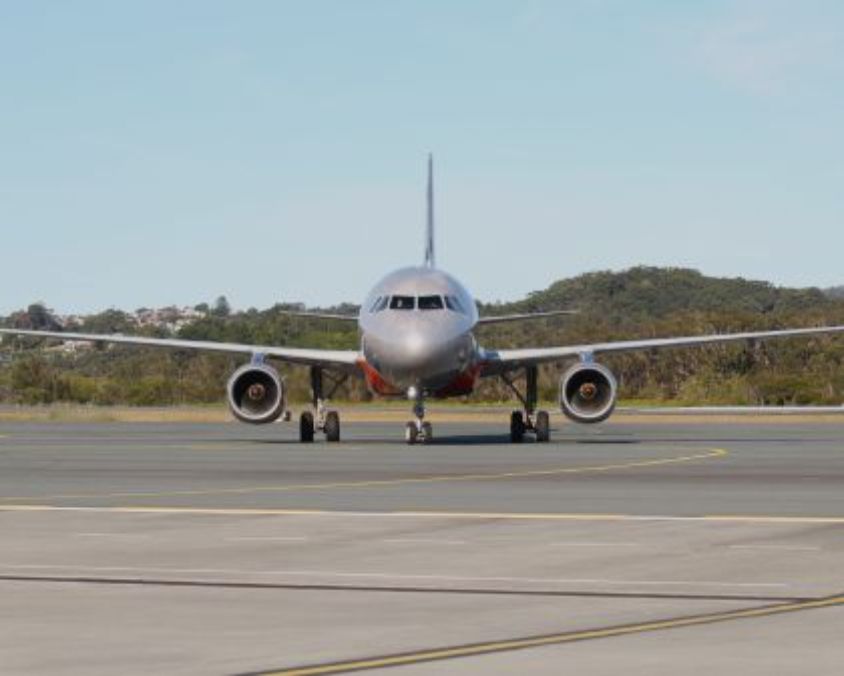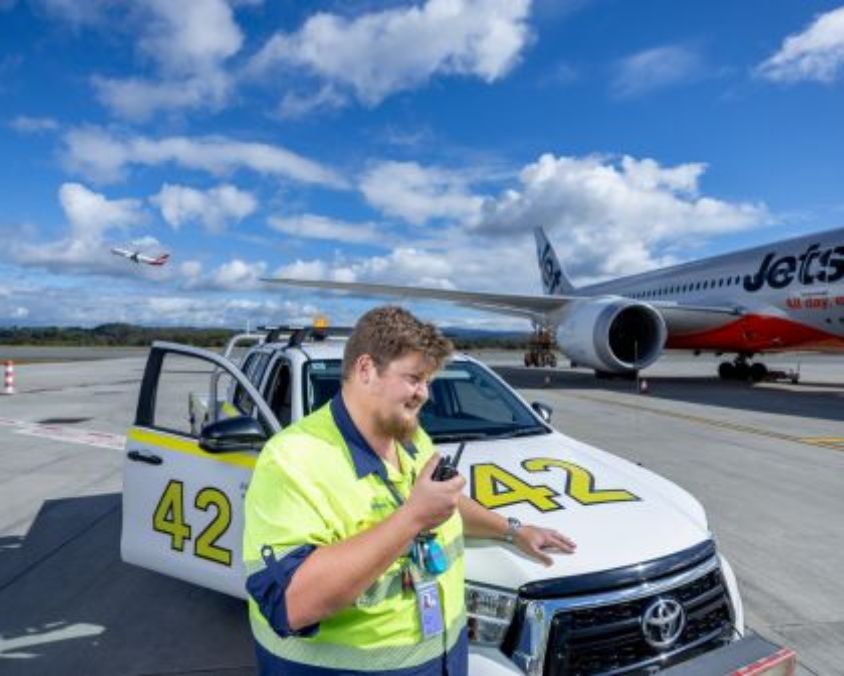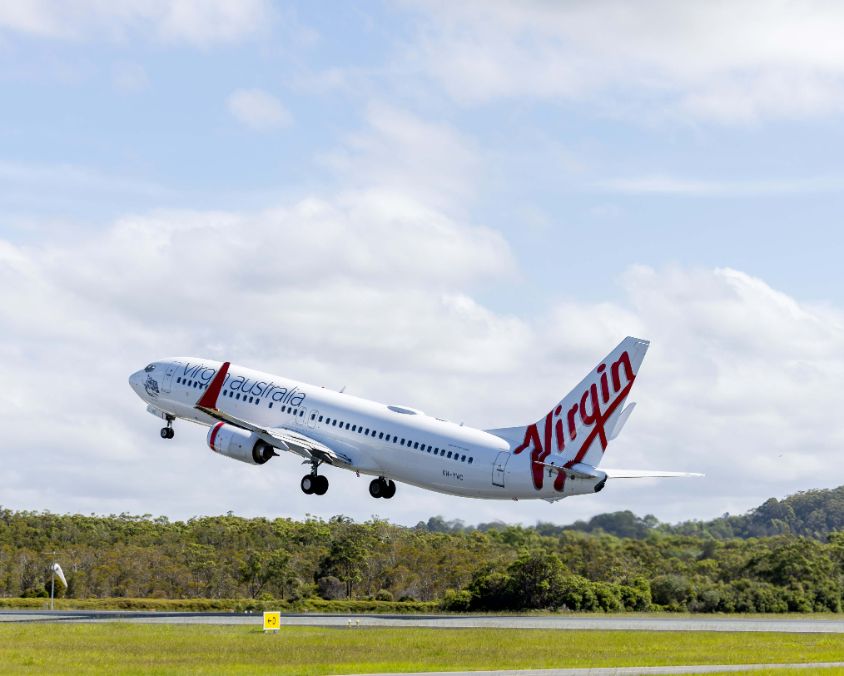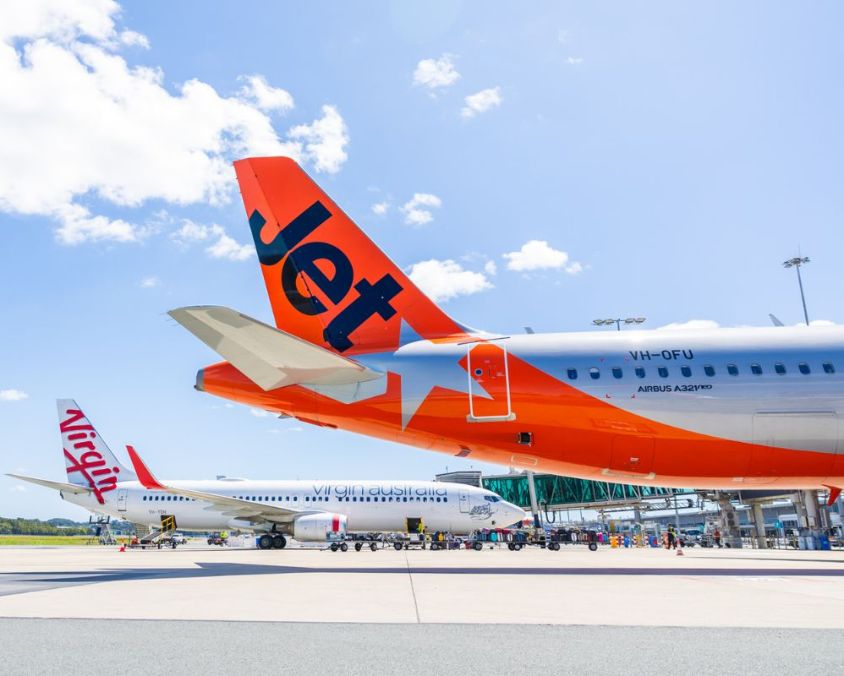Flight Operations
Gold Coast Airport is committed to safe and efficient operations. Access essential information for aviation stakeholders and on-airport partners, including runway capabilities, airspace requirements, emergency planning, drone regulations, security procedures and key operational forms.
Essential Information
Discover more about how we operate.
Our Latest News
Stay updated with the latest from Gold Coast Airport. From route launches to major milestones, find our newest media releases here.








%20(1).png)